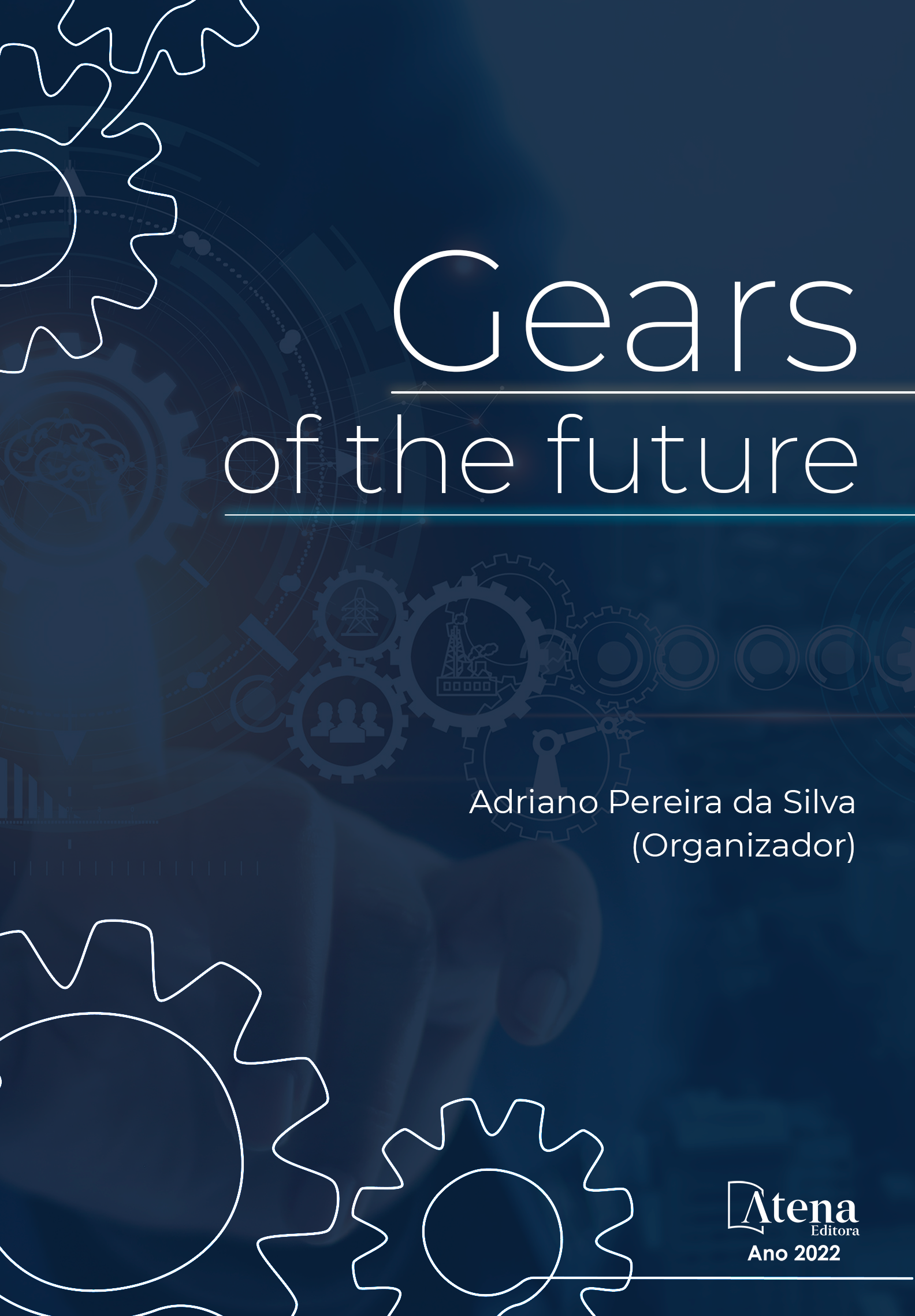
RECONHECIMENTO DE PADRÕES EM SINAIS EMG COM REDE NEURAL PARA IMPLEMENTAÇÃO EM BRAÇO ROBÓTICO
Pesquisas na área de Inteligência Artificial aplicada à Engenharia Biomédica têm buscado dispositivos que possam melhorar a qualidade de vida de portadores de deficiência física. O uso de sinais emanados da contração muscular (eletromiográficos), aplicados ao controle das próteses robóticas, tem facilitado a interação de deficientes físicos com o meio à sua volta. Este artigo apresenta um sistema inteligente capaz de processar sinais eletromiográficos e controlar movimentos básicos de um braço robótico. A classificação dos padrões dos movimentos foi feita por uma rede neural artificial do tipo Multilayer Perceptron, treinada pelo algoritmo Backpropagation. Os resultados mostraram que, para o reconhecimento dos padrões dos movimentos propostos, a rede neural artificial apresentou um acerto médio de 97%.
RECONHECIMENTO DE PADRÕES EM SINAIS EMG COM REDE NEURAL PARA IMPLEMENTAÇÃO EM BRAÇO ROBÓTICO
-
DOI: 10.22533/at.ed.68422040217
-
Palavras-chave: Reconhecimento de Padrões; Rede Neural Artificial; Sinal Eletromiográfico; Braço Robótico
-
Keywords: Pattern Recognition; Artificial Neural Network; Electromyography Signal; Robotic Arm.
-
Abstract:
Research studies in Artificial Intelligence applied to Biomedical Engineering have sought to design devices which may improve the quality of life of people with physical disabilities. The use of signals from muscle contractions, applied to the control of robotic prostheses, has promoted the interaction between people with disabilities and their environment. This paper presents an intelligent system able to process electromyography signals and to control basic movements of a robotic arm. The pattern recognitions of the movements were performed by a multilayer perceptron artificial neural network, trained by the Backpropagation algorithm. The results showed that, for the pattern recognitions of the proposed movements, the artificial neural network presented an average success rate of 97%.
-
Número de páginas: 11
- Maury Meirelles Gouvêa Jr.
- Evelyne Lopes Ferreira


